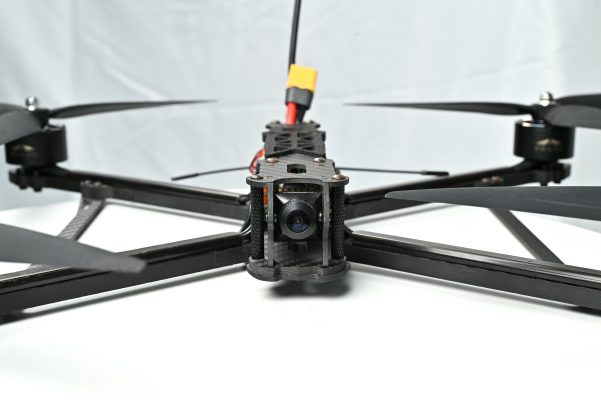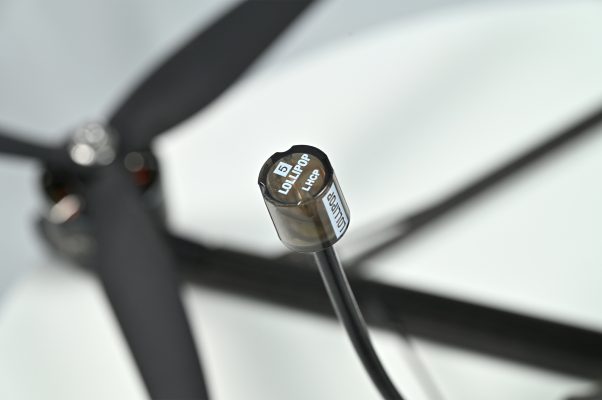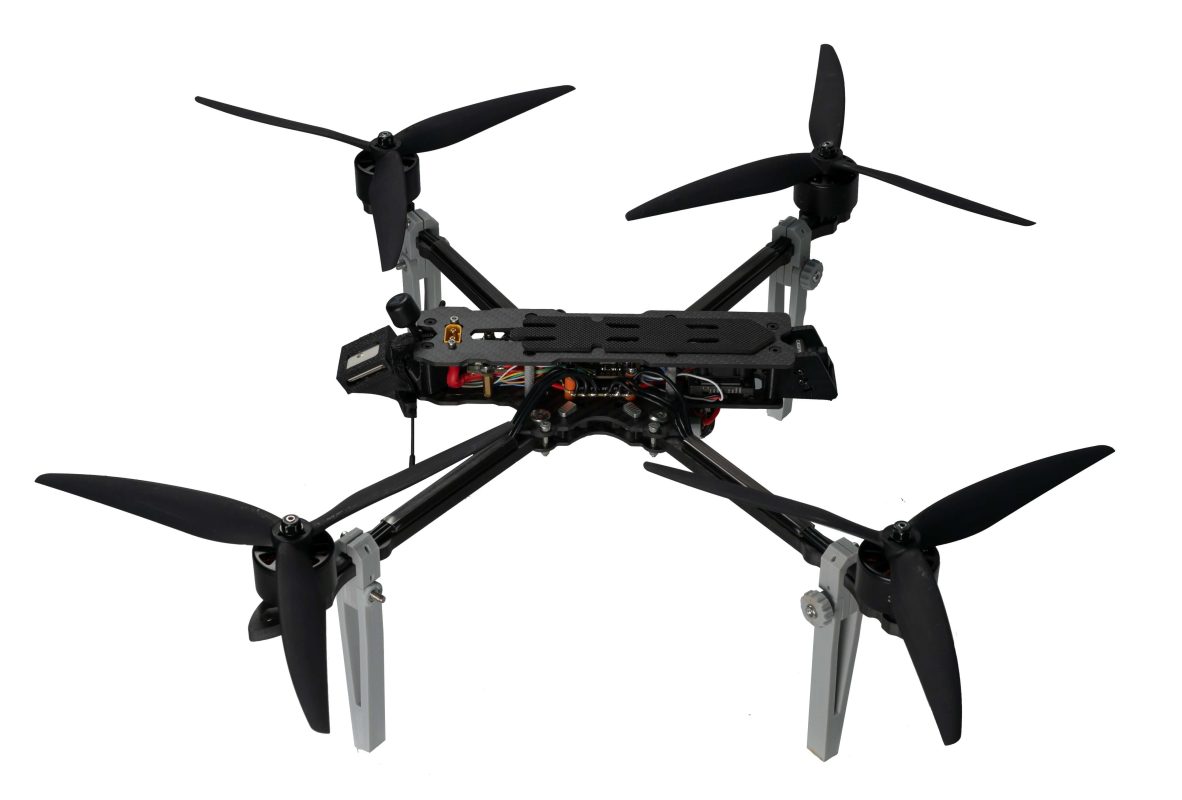Blog
Indoor FPV Cinematics: Flying Tips, Lighting Setup & Path Design
Introduction
Indoor FPV flying is one of the most exciting and challenging styles of drone filming. From cafés and galleries to warehouses and live events, FPV drones offer a unique way to capture immersive, flowing shots in tight spaces.
This guide introduces the basics of indoor FPV flying, including gear setup, flight techniques, lighting tips, and how to plan your flight paths to shoot stunning indoor sequences.

1. Why Indoor FPV?
-
Creates immersive, first-person camera angles
-
Showcases architecture, interior design, and brand experiences
-
Ideal for one-take walkthrough videos, venue promos, or product storytelling
Popular examples: real estate tours, restaurants, hotels, exhibitions, factory floor showcases.
2. Drone Setup for Indoor Flights
✅ Use small cinewhoop (e.g., 2.5–3.5 inch ducted drones)
✅ Ducted propellers are a must — they protect people and walls
✅ Choose low throttle, smooth motor response
✅ Add a GoPro or naked camera for HD footage
✅ Fly with low rates + high expo for smoother control
Bonus: use props-in camera angles for a more immersive feel.
3. Flight Technique Essentials
-
Practice in simulators before flying in tight real spaces
-
Keep slow and stable altitude, avoid aggressive moves
-
Use pre-arm angle mode or stabilization for small rooms
-
Stay within line of sight, even if flying with goggles
-
Be ready to disarm immediately in case of sudden obstacle or tight gap
Tip: Walk your route first, then fly it. Muscle memory helps with precision.

4. Lighting & Exposure Considerations
-
Indoor spaces may have uneven or dim lighting
-
Add extra LED lights, soft boxes, or practical lighting to fill shadows
-
Use manual exposure settings to avoid flickering
-
Set GoPro to flat color profile + ISO 100–400 for clean footage
-
Check white balance (avoid auto mode)
Remember: lighting is 50% of the shot. No good light = no cinematic results.
5. Path Planning & Shot Design
Great indoor FPV comes from planning, not improvisation. Plan your shots:
-
🧭 Walkthrough route: entrances → narrow hallways → open reveals
-
🎯 Point of interest fly-bys: close-up on décor, products, faces
-
🔁 Loop patterns: fly back to the start to create transitions
-
🔄 Use dynamic moves: orbit objects, tilt through shelves, peek through frames
Pro Tip: Keep your flight time short (1–2 min per take) to avoid battery sag and overheating indoors.
Conclusion
Indoor FPV combines creativity, precision, and planning. With the right drone, smooth technique, and thoughtful lighting, you can transform simple interiors into stunning visual journeys. Every take is a chance to tell a story — and your drone is the camera.



